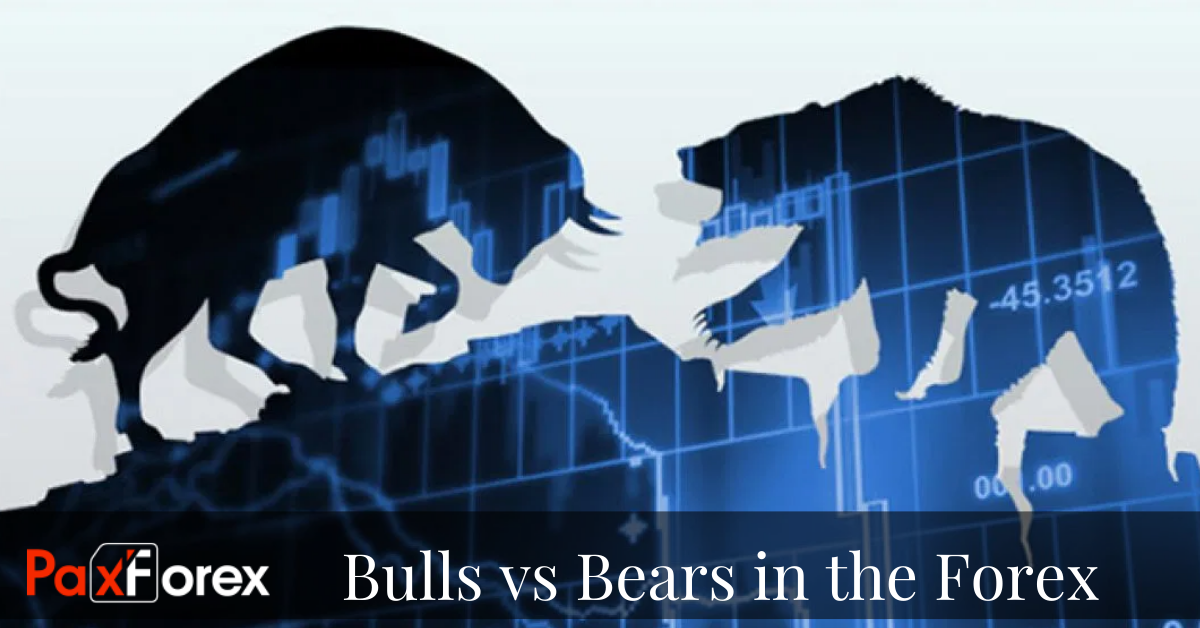
In our everyday living through all the Public Medias we are coming across the story about the fight between Bulls and Bears in the markets. Most often, people who are not involved in any trading activity or have no knowledge about trading in the markets, are not familiar what this fight is about. However, for all the investors around the world, especially since national and international trading came into formal existence, these terms have served as shorthand to describe general sentiments among buyers and sellers of stocks, bonds, currencies and other assets that are actively traded.
Bulls and Bears in forex are a reflection of the prevailing economic situation of the country. During the Bull market conditions, the economy is doing well, with reasonable interest rates and low unemployment. Bear markets usually occur during low economy, when companies may begin laying off workers and investors lose confidence. Sometimes, in extreme conditions, an exaggerated bear market can lead to panic and result in a crash brought on by panic selling. Similarly, over-enthusiasm of investors can lead to an exaggerated bull market, but the bubble will eventually burst.
A Bull market occurs when the market is expected to continue higher over an extended period of time. Bull markets occur when the demand for a security or group of securities outweighs the normal laws of supply and demand. This sort of demand pushes prices higher. The term "Bull" is used to describe the market because bulls attack by pushing their horns out and up. Hence the thrusting motion up resembles the upward movement of the markets. Also, when bulls run together, they do so without looking back and go full steam ahead. This is also the mentality of the markets as traders and speculators trip over themselves attempting to jump on the bandwagon for quick gains.
Conversely, a bear market shows a downward market trend over time. In these cases, markets are seen to be “in hibernation” and the prices assets in these markets are either in decline or expected to be in decline in the future. In Bear markets, increasing fear/pessimism and decreasing investor confidence are the prevailing psychological determinants of these trends. Now, many new traders often mistake being bearish as a sign that there is no money to be made in a market. This is not true. Bears hope the market falls and they invests or are going short (sell) on a currency and the downward movement will actually make him money.
If you are able to take advantage of a trend, then you may be able to gain a large number of pips as the value of one currency falls against another. If coordinated properly, you may even be able to take advantage of the increase in the value of one currency and the decrease in value of another by trading correlated currency pairs. There is not a certain way to forecast market trends, so money should be invested based on the quality of the investments. It is essential to understand long-term market trends from a historical aspect. Both bulls and bears markets affect your investments so it is important to assess what the market is doing when you make an investment decision.







